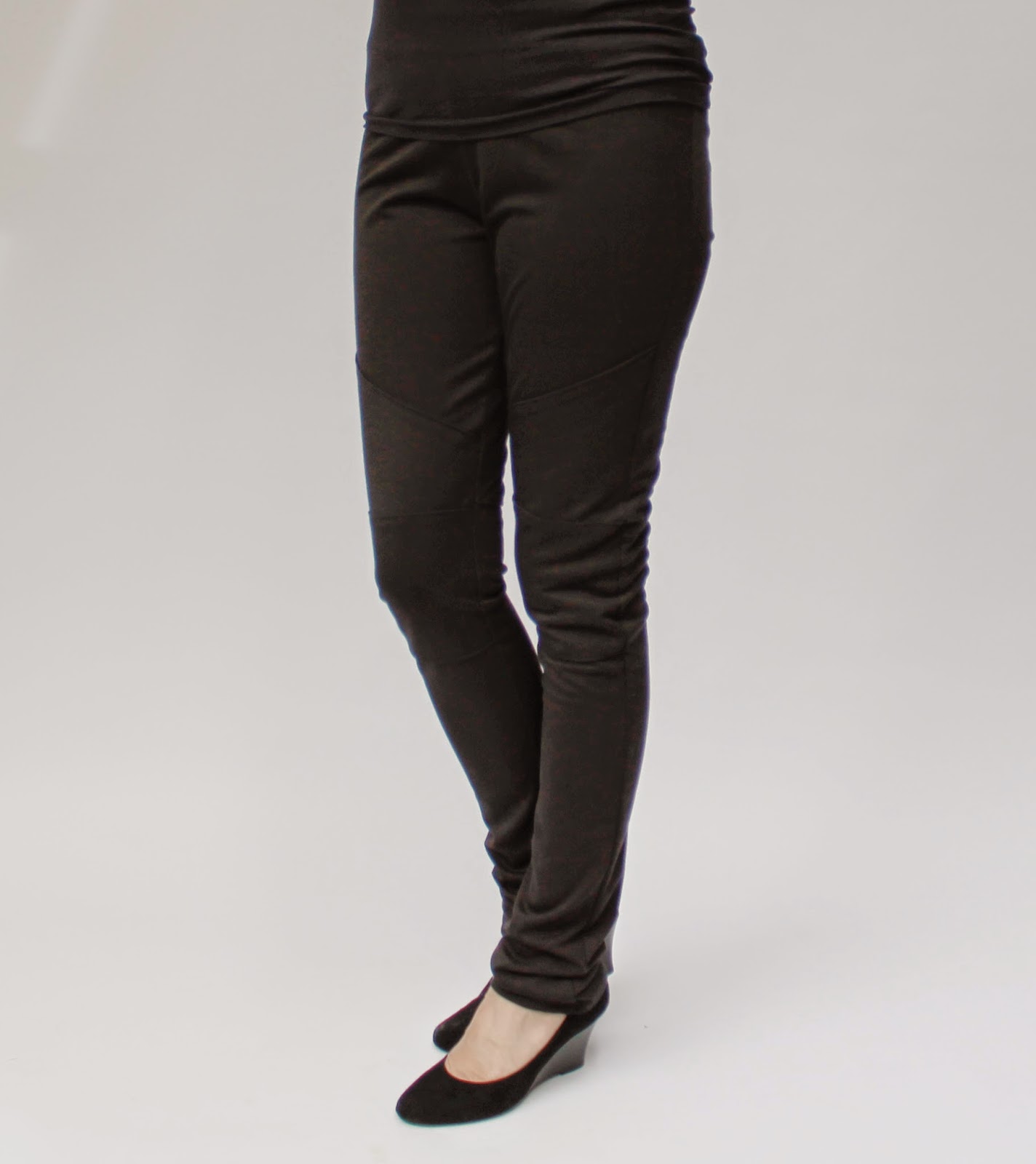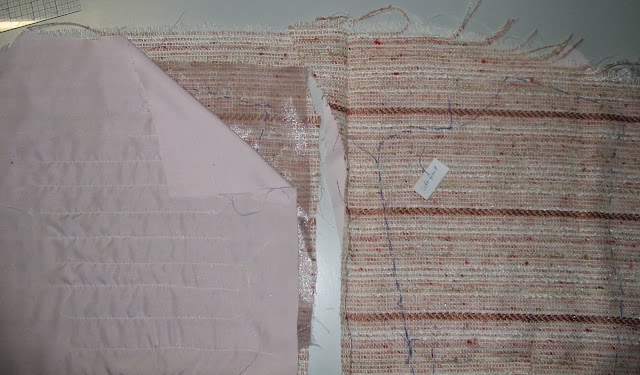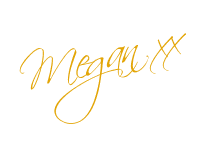I made it to the third round of the PR Sewing Bee! My second round entry is here. The competition is hotting up now and this challenge was a lot harder than the first two. We were to make a Colette Rue dress, but put our own 'spin' on it. This may not sound too bad, but my feeling is that the 'spin' needs to be pretty amazing to make the cut in this round, not to mention the perfect sewing required.
 |
| Colette Rue Dress |
I used View B of the pattern with the slimmer skirt. The bodice was redrafted to move the curved pieces away from the centre and towards the sides. The curves were redrawn and the new style lines continued down into the skirt and made into pockets. The sleeves were omitted as we are heading into summer. In addition to the design changes, I needed to make numerous fitting alterations, mainly to the bodice. I wanted the curved pieces below the bust, rather than on it, so that required some fiddling with the two curved pattern pieces and the bust pleats - not easy. I also needed to lengthen the bodice and lower the armholes (complete list of changes available here)
Here are the alterations I made to the two front bodice pieces. This alone took many muslins!
I chose this floral stretch denim fabric bought ages ago from Potter Textiles. The dress is lined with a cream floral cotton voile and the piping is made from polka dot fabric from the shorts I made in Round 1 of the Sewing Bee.
I was as precise and careful as possible with matching the piping at all the seam lines and the neckline. As for the invisible zip, let me just take a bow. I think it's the best I've ever done!
This process was difficult and stressful and took many hours. I often had a houseful of hungry teenage boys and my time limit was reduced by three days as I'm attending a felting course this week. A couple of muslins in, I did contemplate not completing this challenge. I emailed my sister who said that if she'd been doing it, the dress would have been a ball on the floor by now. That suddenly made me realise how long it's been since I hurled a sewing project at the wall (a fairly common occurrence in the early days). My gosh, maybe I have actually come quite a long way, if only in controlling my sewing hissyfits. I was spurred on to finish. Thanks sis!
I am really happy with the finished dress. It is a bit of a departure from my usual style, but still feels like me. My favourite thing is the pockets and how they blend into the new style lines. I am also very proud of the sewing I did here. Fingers crossed I make it to the final round of the competition.



























































